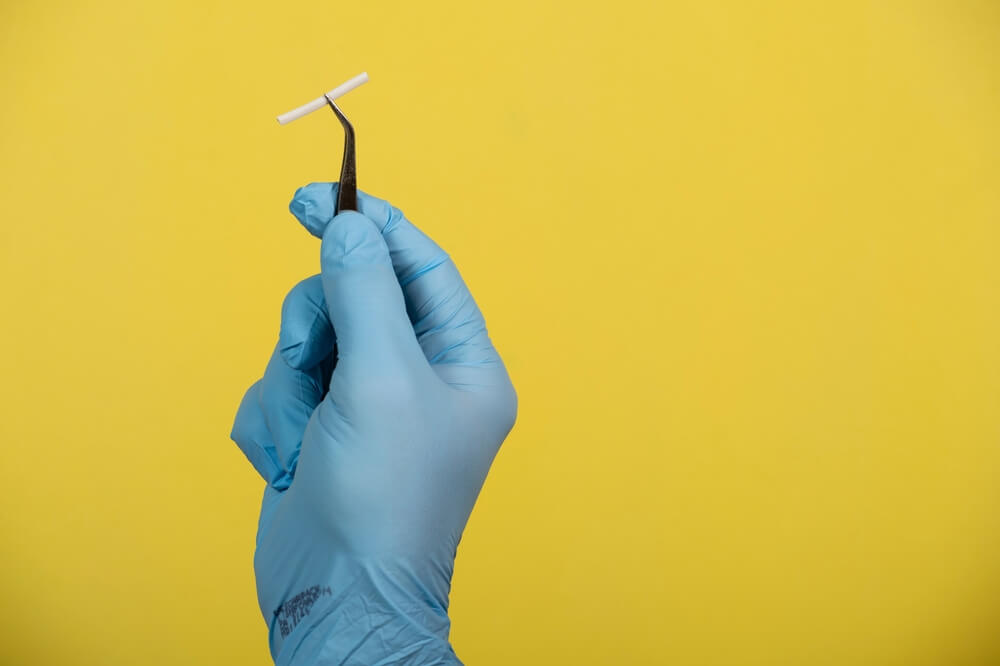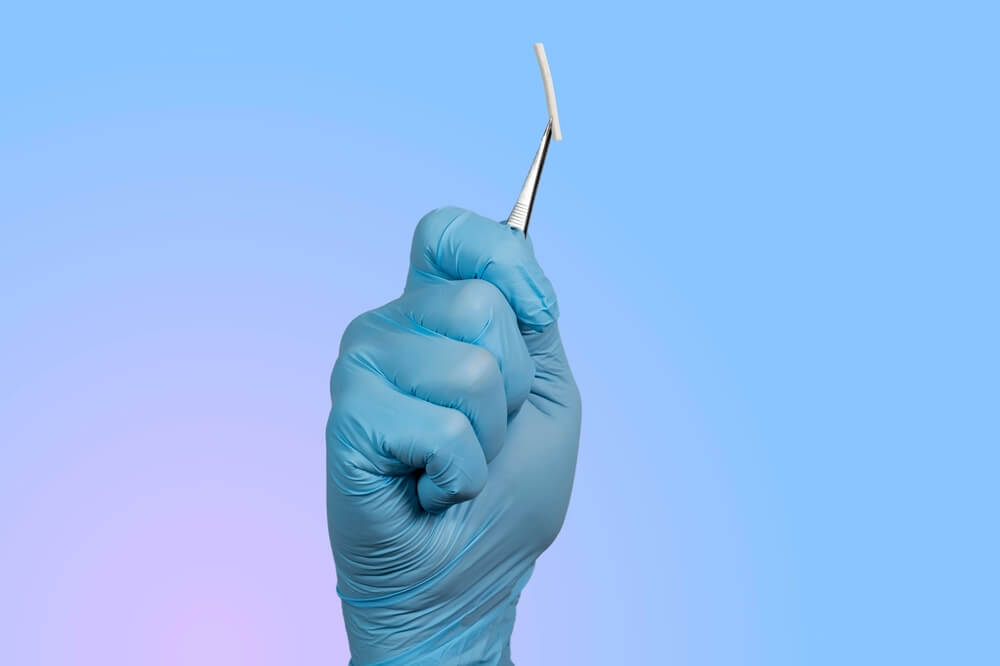What Is a Subdermal Implant?
Today there are many different types of contraception women use to protect themselves from unwanted pregnancies. Amongst the most popular ones are contraceptive pills, patches, caps, injections, female condoms, subdermal implants, etc. The differences between these methods are in the way of consumption, how effective they are, how long one can use them, and what are their prices.
Subdermal implants are a newer contraceptive option; they are long-term and contain hormones to prevent women from getting pregnant. Today we will answer the question of what is a subdermal implant and how effective it really is. After reading this article, you can make a more informed decision concerning the contraception most suited to your needs.
So, subdermal implants are hormonal contraceptives that look like small rods, 0.07 inches thick and 0.3 inches long. As the name indicates, they go sub or underneath the skin and are most commonly placed in the patient’s upper arm. Their effect lasts for several years and needs to be replaced with a new implant.
For many years these implants were made only for women, but recently researchers and scientists have been testing a version of the implant for men, which has a year-long effect and which blocks the production of sperm by the usage of synthetic steroids.
As for the version of a subdermal implant for women, it functions in a way that releases a hormone similar to progesterone progressively, preventing the process of ovulation and pregnancy. Scientists have proved throughout the years that this contraception is very reliable and reversible, making it an excellent protection method for women who eventually want to have children.
At Doral Beach Gynecology, the team of experts has a significant amount of experience in contraception, and dr. Pedro Brasac is one of the leading experts in this field. If you are looking for a place to get support and help in deciding on appropriate contraception, make sure you explore all the options and decide based on factors such as experience, relevant knowledge, and success rates.
Types of Birth Control Implants

There are three types of birth control implants, varying from country to country, depending on their current availability on the market and the country’s medical arrangements. In any case, the three types are:
- A subdermal progesetin-releasing implant called etongestrel, which consists of one rod and it protects the patient for up to three years. Etonogestrel is a synthetic, long-lasting, contraceptive, derived from progestin, which is also used in contraceptive rings.
- A subdermal implant that has two rods, this type of birth control implant protects the user for up to five years. In this case, levonorgestrel is released, which is a different form of progestin.
- As mentioned previously, experts are developing a subdermal implant for men, which releases a steroid to stop the production of sperm.
The way all of these abovementioned types of protection function is that the implants continuously release different forms of the progestin hormone (or steroid in the case of implants for men). This affects ovulation, and the production of cervical mucus, so it is more challenging for the sperm to penetrate the cervix. Implants can also help with the decrease in endometrial tissue.
Preparation for Implant Insertion
Many people worry about the insertion process and what they need to do to prepare for the procedure. The first step a patient needs to do is schedule the insertion procedure, where the date will be determined by your chosen doctor based on your menstrual cycle and potential previous contraception methods. It is not seldom that women also need to do a pregnancy test, to prevent any unnecessary complications.
Sometimes medical professionals advise taking backup contraception in the first week of implant placement, just to be on the safe side. If the following situations apply to you, you might not need additional protection:
- If you had no previous contraception, and the implant gets inserted in the body in the first five days of your cycle
- If you used combination contraceptive pills, a patch, or a vaginal ring, and the implant is placed in the seven days of the hormone-free period of the previously mentioned contraceptive methods.
- If you used a mini pill, and the implant is inserted while you are still taking active pills
- If your previous method of contraception is an injection or an IUD, where the implant is placed on the same day the other methods are stopped or removed
The Procedure
The implant placement procedure is usually done in your chosen doctor’s office. It does not take longer than a few minutes, although the preparation phase might take some time.
The patient lays on their back and bends the chosen arm at the elbow because the implant is placed in the upper arm, on the inner side. The implant is placed between the biceps and the triceps muscles, and local anesthesia is used for this process. There is an applicator that helps in placing the device underneath the skin. Sometimes the removal process can be harder if the device is placed a bit deeper in the skin.
After the procedure, there is a possibility that the doctor will use an ultrasound to check whether the implant is placed correctly, and the insertion point will be covered with a bandage. It is recommended to keep the bandage for three to five days to avoid potential infections and complications.
Bruises, pain, bleeding, and scars are common post-procedure issues, so do not panic. If you start experiencing heavy bleeding from the vagina, persistent pain in the calf, breast lumps, yellow skin, infections, or any pregnancy symptoms, contact your chosen doctor immediately.
Advantages and Disadvantages of the Subdermal Implant
Subdermal implants, like any other contraceptive method, have their positive and negative sides. Below we are bringing you both so you can make a decision based on any potential issues which might occur during the usage of this kind of birth control.
Advantages include:
- The efficiency of the implant is 99%
- You do not have to remember to “take” your birth control; once it is inserted, it stays in place from three to five years.
- It is reversible so that you can take it out anytime, and your ovaries will return to their normal functioning in no time.
- As mentioned, the protection lasts from three to five years, and when it expires, a new implant can be placed at the same time the old one is removed.
- This contraceptive method can be used while you are breastfeeding.
The disadvantages can include the following:
- This birth control method does not include protection from STIs, so you must use a condom if you want this type of protection.
- Because it is a hormonal contraceptive, it can cause acne, abdominal pain, headaches, weight gain, mood changes, etc.
- You can experience changes in your menstrual cycle, where there is a possibility that your period will stop or there will be cases of irregular bleeding.
Do not use subdermal implants if you are pregnant, if you have breast cancer or liver cancer, if you have issues with blood clotting and if there is a case of abnormal bleeding, but you still do not know the cause.
How to Remove It?

The removal process is very straightforward. Your chosen doctor makes a small incision where the implant was placed and removes it with tweezers. Afterward, a new implant can be placed immediately, or the incision can be closed up.
Call Us!
If you have questions regarding subdermal implants or any other birth control method, our expert team is at your disposal, so call us and schedule an appointment!


